In 2024, the iron and steel industry, which progressed in the shadow of global recession, rising costs and protectionist policies, put forward a strong export performance in the Aegean Region. The Aegean Ferrous and Non-Ferrous Metals Exporters' Association exceeded its export target of 2.2 billion dollars and completed the year with exports of 2.35 billion dollars. With this number, the Association maintained its leadership under the roof of the Aegean Exporters' Associations for the seventh year in a row.
Speaking at the ordinary financial general assembly meeting of the Association for 2024, Yalçın Ertan, Chairman of the Board of Directors, stated, “Despite all the difficulties, we managed to exceed our target. We have set a new target of 2.2 billion dollars for 2025. However, conditions will continue to be challenging.”
Türkiye Becomes Europe's Number One Producer
As of 2024, Türkiye overtook Germany in liquid steel production, becoming the world's 7th largest and Europe's largest steel producer. According to World Steel Association (Worldsteel) data, Türkiye produced over 10.5 million tons in the first quarter of the year. Ertan pointed out the strategic importance of this achievement and added: “The steel sector is vital not only because of its production volume, but also because it is at the center of critical infrastructure and industrial chains.”
Exchange Rate, Interest and Cost Balance on the Sector's Agenda
Ertan emphasized that rising energy and labor costs and exchange rate movements weaken competitiveness. "It is of great importance for exporters that exchange rates increase in line with inflation. Apart from external factors such as the recession in Europe and the slowdown in China, domestic cost pressures should also be carefully monitored."
New US Tariff Plan Changes the Balance
The new tariff plan announced by US President Trump on April 2 was an important development for the steel industry. Türkiye was included in the 10% segment, the lowest tax rate in the announced group, while major producers such as China, the EU, Japan and South Korea faced a 25% tariff.
As Türkiye is already subject to 25% duty under Section 232, the new regulation could increase the level of competition for Turkish producers. Ertan stated, "The fact that we are subject to the same level of tax as other countries has eased our hand. We are seeing the first signs of this in sales to the US market."
Regional Focus: EU, North Africa and South America
Global trade is expected to become more regionalized in 2025. In this framework, Turkish manufacturers plan to focus on markets such as the European Union, North Africa and Latin America. Stating that trade opportunities with the US will also be monitored, Ertan added: “Although the challenges will continue, Turkish exporters will stand out with their flexibility and adaptability.”


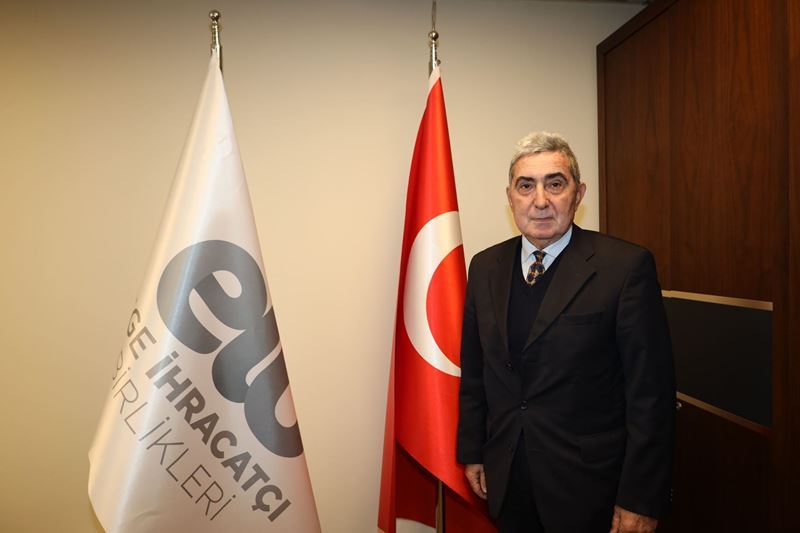
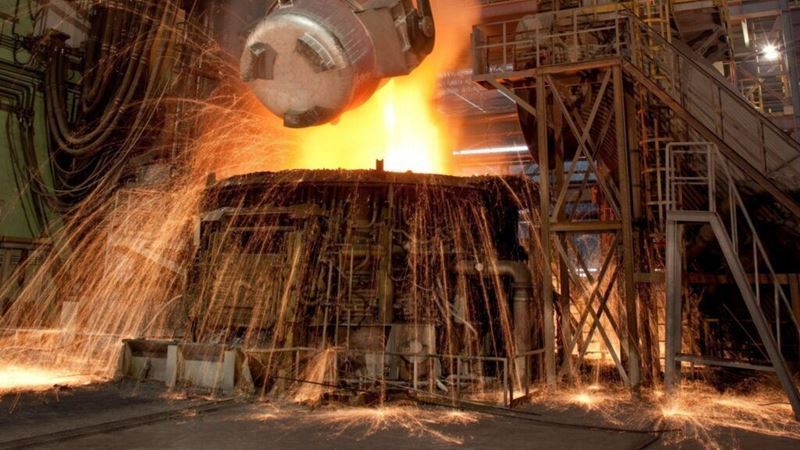

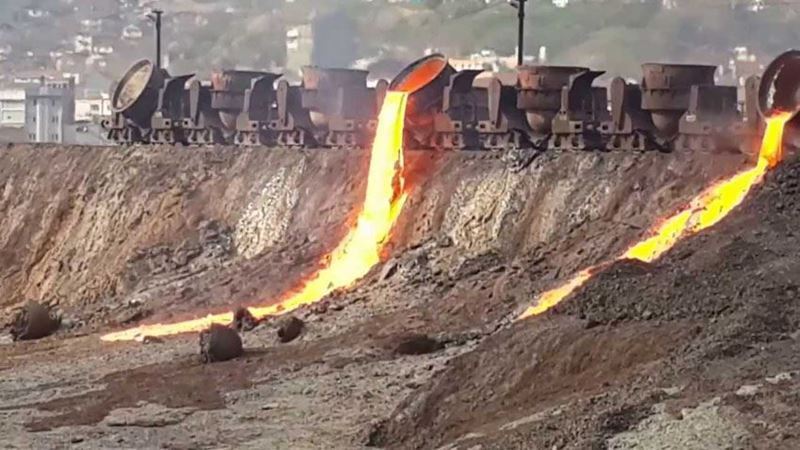
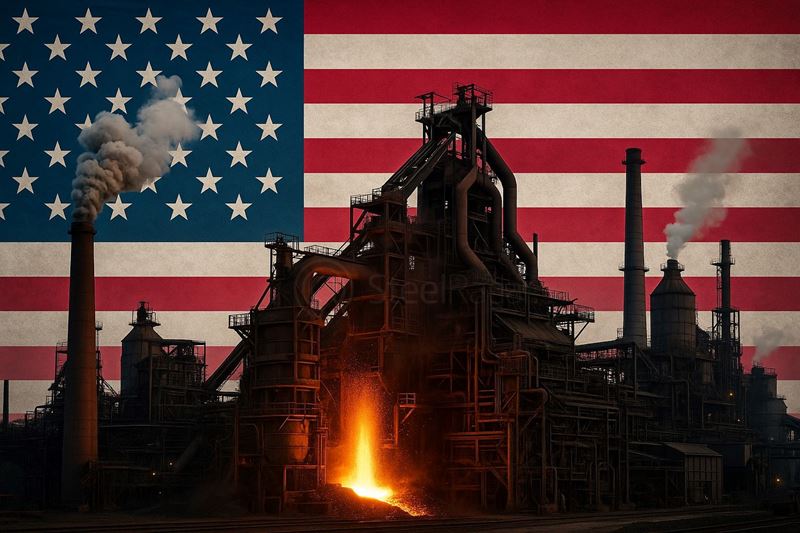
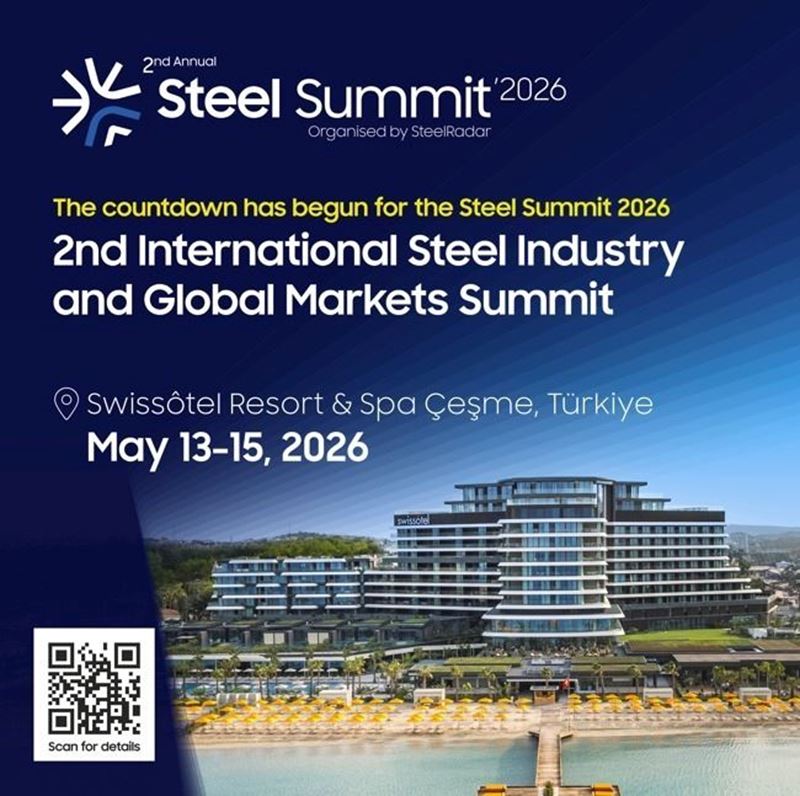

Comments
No comment yet.